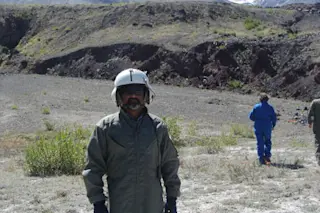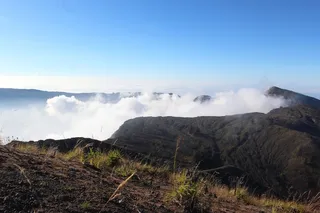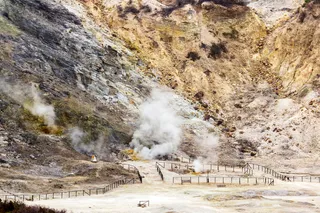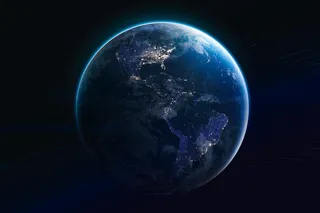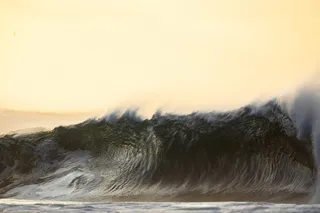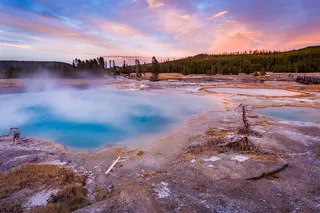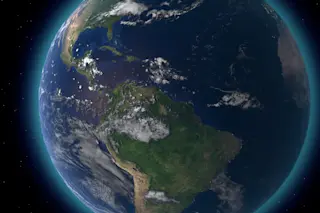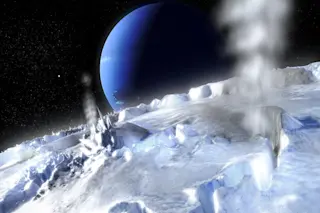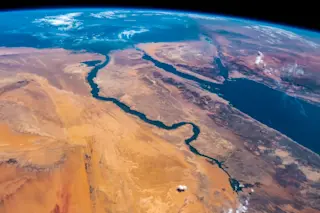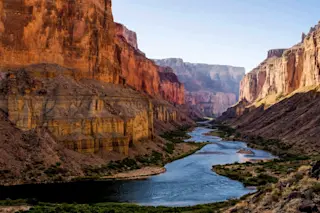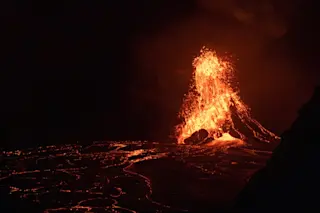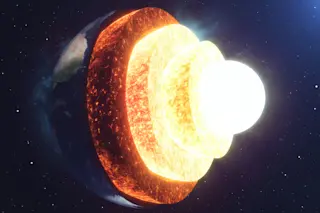If you think back to the fall, I asked Eruptions readers to submit questions for Dr. Shan de Silva (right) from Oregon State University, who has been in the news for research at the inflating Uturuncu volcano (below) in Bolivia. He is also the resident volcanologist at Volcano World, a website I know many of us use regularly. Well, the answers are here! I offer a big "thank you" to Dr. de Silva for taking the time to tackle some of the great questions you all submitted.
Pieter: Is it true that certain volcanic areas go through 'caldera-forming phases'? A certain period of time in which volcanic activity is high and the caldera-forming eruptions are more common. For example, most of the calderas in the Rift Valley in Africa were formed during the late-Pleistocene, but ever since the Menengai eruption there hasn't been a caldera forming eruption that I know ...


